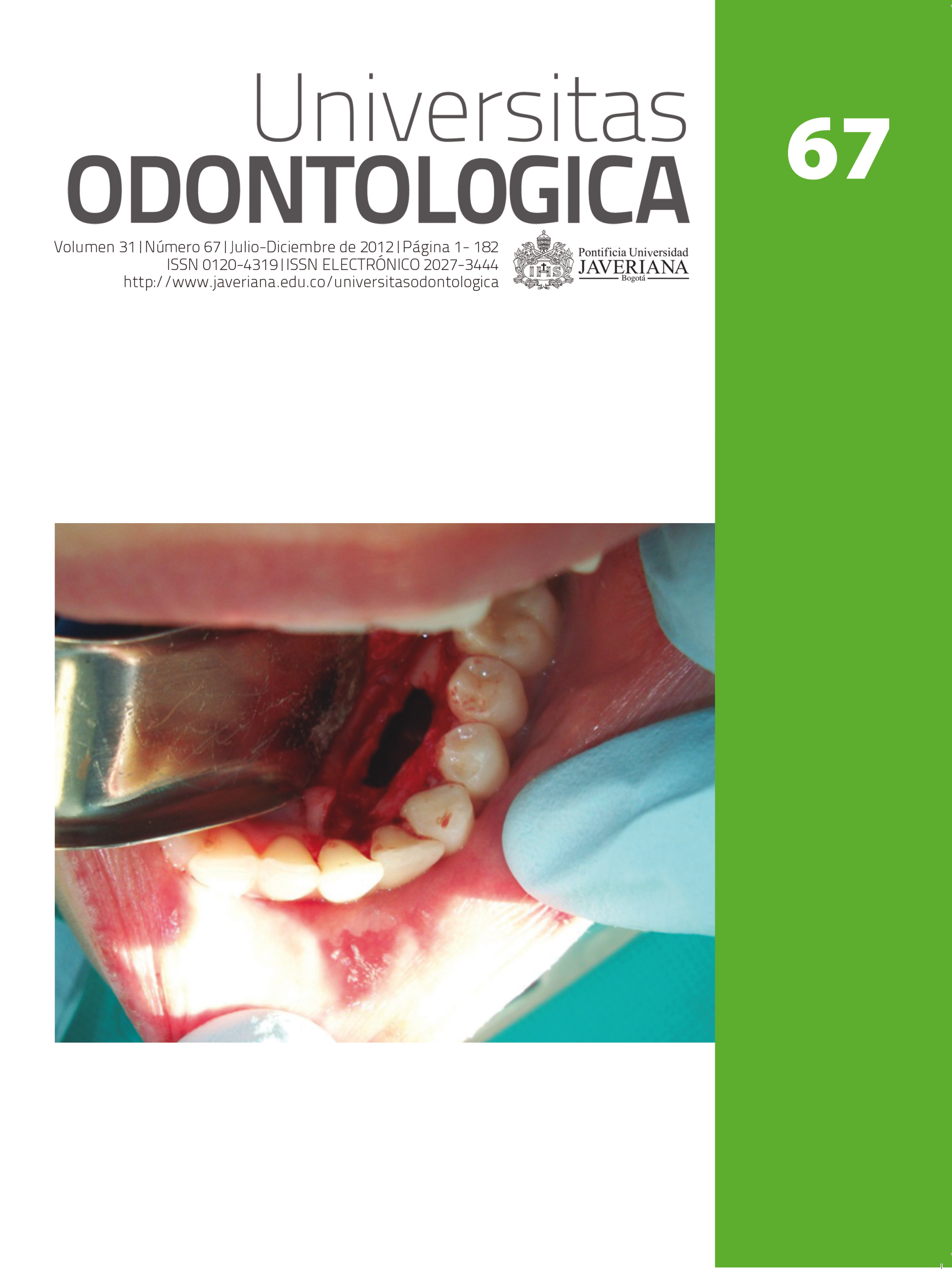Abstract
Objetivo: Describir y analizar, a través de una narrativa académica docente, una experienciade dos años en el manejo de la videoconferencia en línea como herramienta de enseñanzaa distancia de anomalías dentomaxilofaciales (ADF). Método: Se utiliza el método denarración autobiográfica cualitativa para describir la experiencia docente. Este se usa eneducación y humanidades. La narración combina elementos de reflexión con la descripcióny análisis de las experiencias al enseñar por medio de videoconferencia. Resultados: Sepresentan tres puntos importantes. El primero es el tipo de clases que se ha implementadoy su metodología. El segundo es cómo lograr que el estudiante sienta la interacción conel docente en el proceso de aprendizaje. El tercero es cómo controlar los factores relacionadascon la tecnología. Conclusión: Se generan propuestas de estudios para evaluarcientíficamente la cátedra de ADF cuando se usa videoconferencia en línea.
Aim: Describe and analyze through a professor’s scholarly narrative a two-year experienceusing online videoconference as a tool for long distance teaching the dentofacial deformities’subject. Method: Qualitative autobiographical narrative is used as a method todescribe the teaching experience. This method is used in education and humanities. Thenarrative combines elements of reflection with the description and analysis of the teachingexperiences using videoconference. Results: Three important points are presented. The firstone is the class format and methodology. The second aspect is how to make the studentfeel the interactive guidance with the professor in the learning process. The third one is howto control the factors related to technology. As a conclusion, some studies are proposedto give scientific support to the teaching learning process through online videoconference.
This journal is registered under a Creative Commons Attribution 4.0 International Public License. Thus, this work may be reproduced, distributed, and publicly shared in digital format, as long as the names of the authors and Pontificia Universidad Javeriana are acknowledged. Others are allowed to quote, adapt, transform, auto-archive, republish, and create based on this material, for any purpose (even commercial ones), provided the authorship is duly acknowledged, a link to the original work is provided, and it is specified if changes have been made. Pontificia Universidad Javeriana does not hold the rights of published works and the authors are solely responsible for the contents of their works; they keep the moral, intellectual, privacy, and publicity rights.
Approving the intervention of the work (review, copy-editing, translation, layout) and the following outreach, are granted through an use license and not through an assignment of rights. This means the journal and Pontificia Universidad Javeriana cannot be held responsible for any ethical malpractice by the authors. As a consequence of the protection granted by the use license, the journal is not required to publish recantations or modify information already published, unless the errata stems from the editorial management process. Publishing contents in this journal does not generate royalties for contributors.


